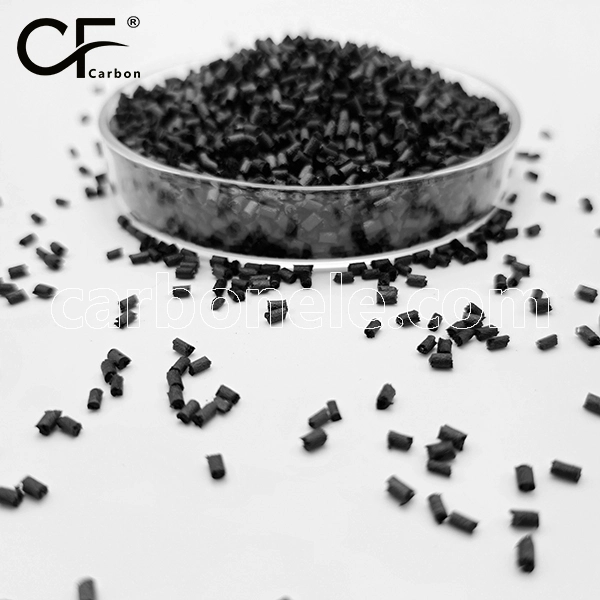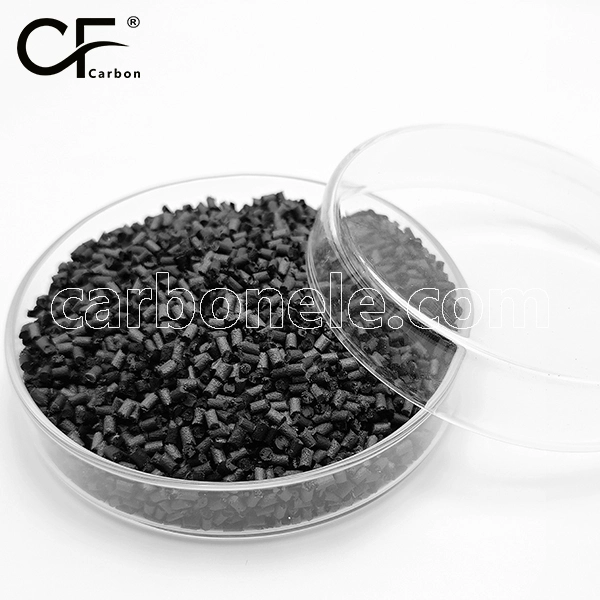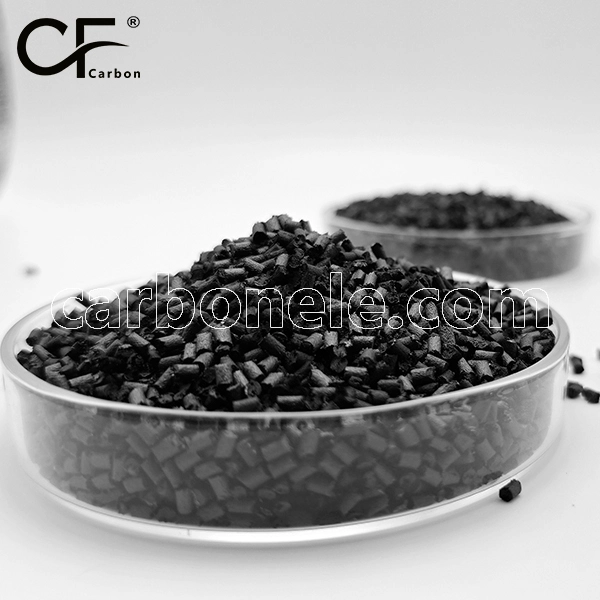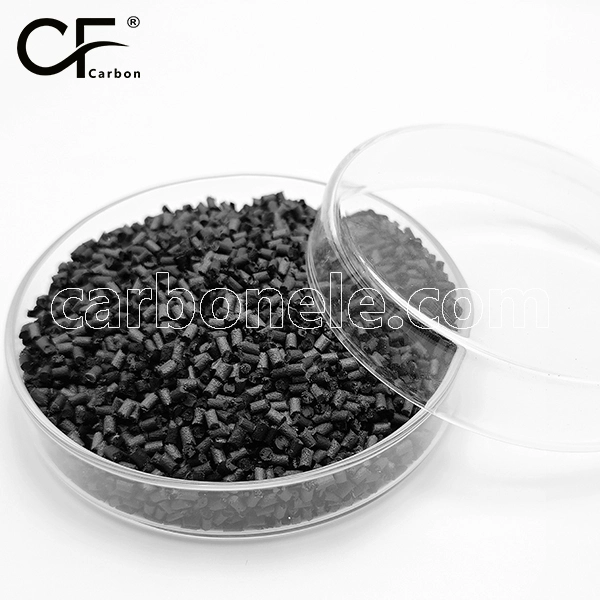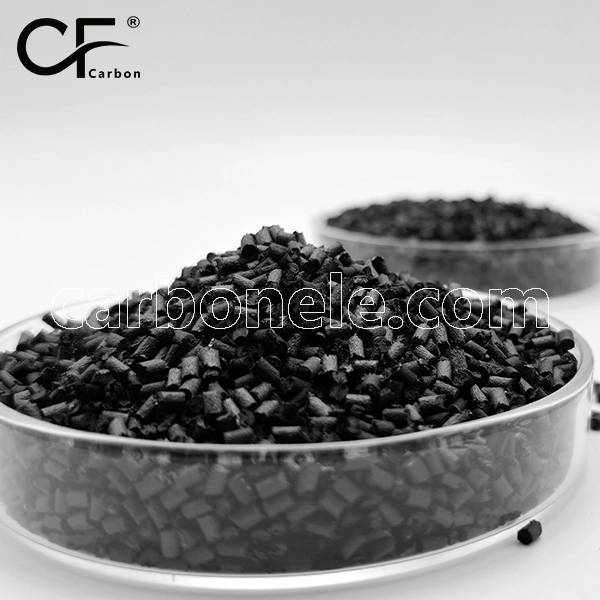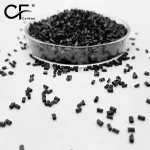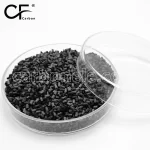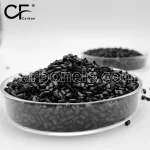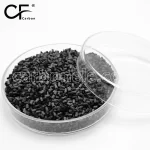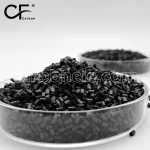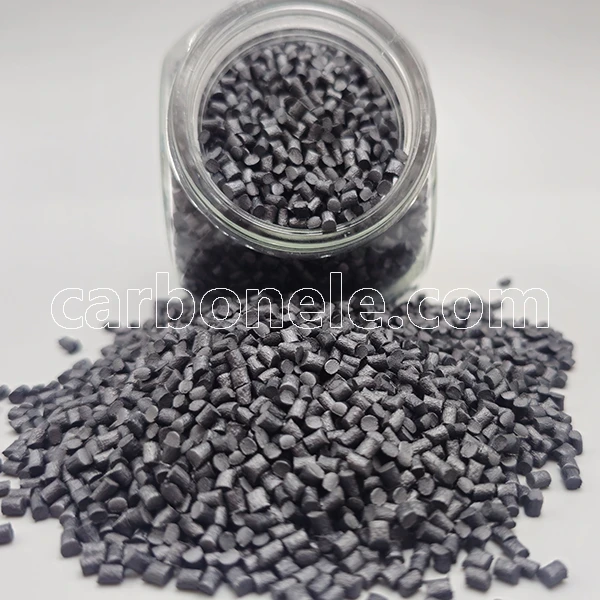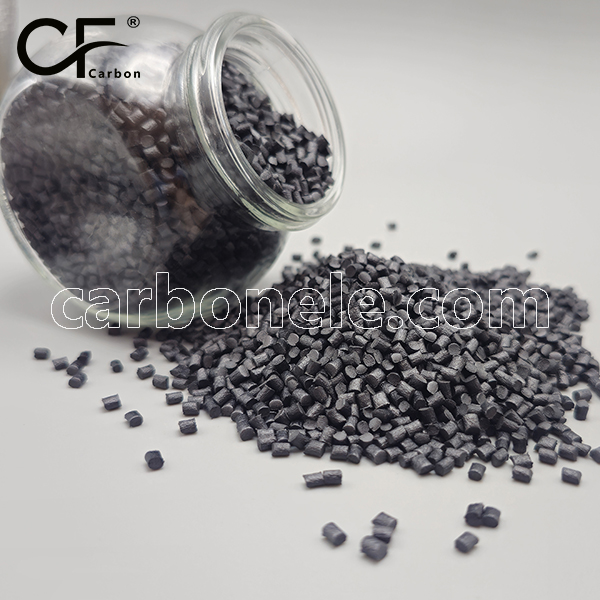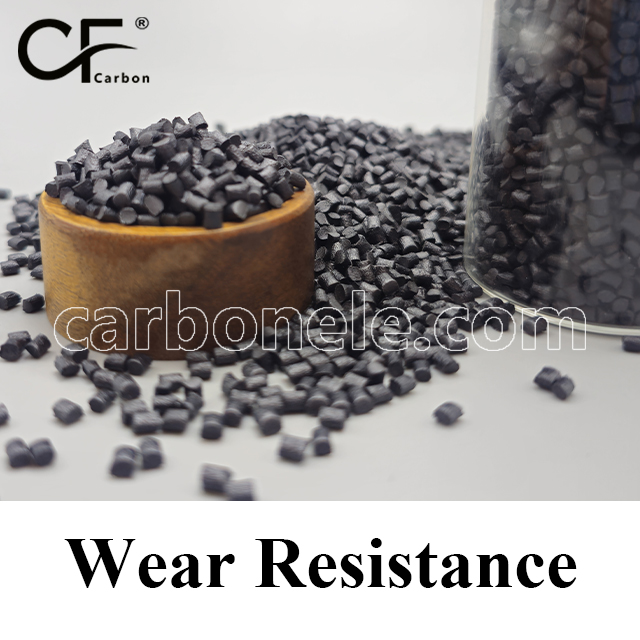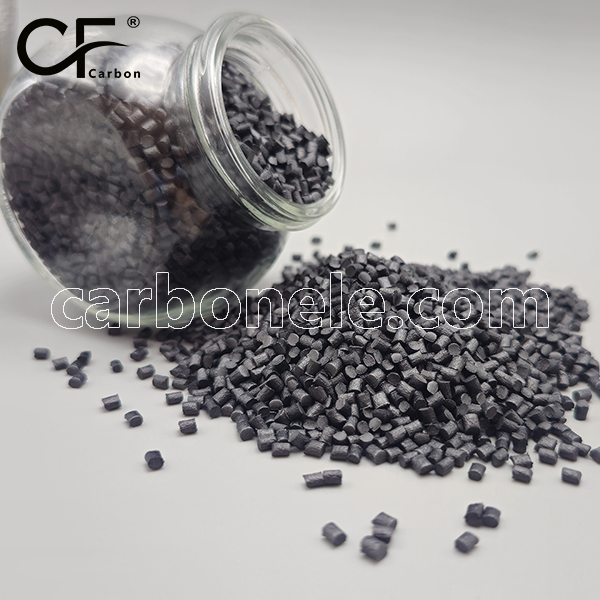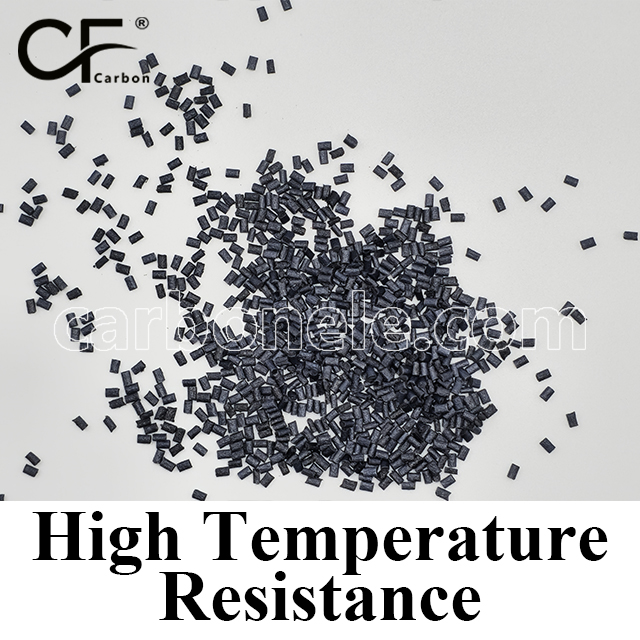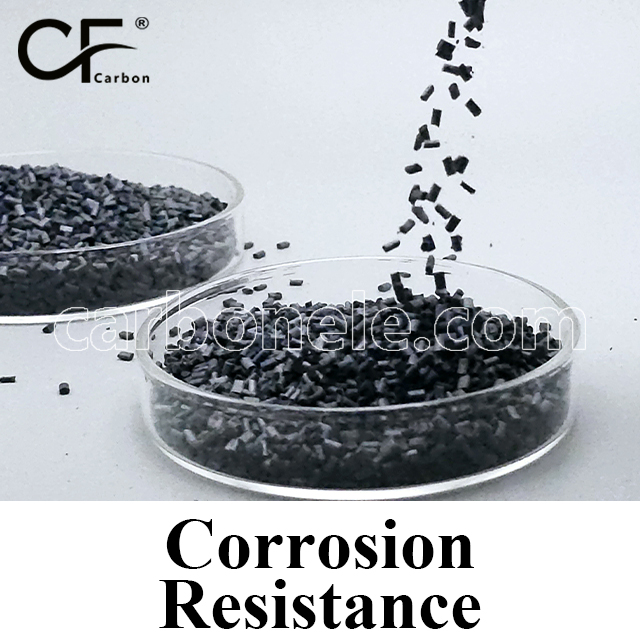
PEEK-PTFE-CF Compounds for Printer Separation Claws
- Manufacturer: Carbon New Material
- OEM/ODM: Acceptable
- Color: Black
- Free Samples: ≤25kgs
- MOQ: 100kgs
- Port: Xiamen
- Model: PEEK-CF-BCA3
- Fillers: Chopped carbon fiber
PEEK-PTFE-CF Compounds Features:
1. High wear resistance and low friction coefficient.
2. Excellent chemical resistance to harsh environments.
3. Superior mechanical strength and stiffness.
4. Good dimensional stability under load.
5. High temperature resistance up to 260°C.
6. Low moisture absorption and creep resistance.
7. Enhanced load-bearing capacity with carbon fiber.
8. Suitable for high-performance engineering applications.
9. Excellent non-stick properties for easy release.
What’re Printer Separation Claws?
Printer Separation Claws are critical components in printers designed to reliably separate paper, requiring a range of high-performance properties. Firstly, they must exhibit excellent wear resistance and high hardness to withstand frequent contact with paper and mechanical stress. A low friction coefficient and anti-static properties are essential to minimize paper jams or adhesion. Additionally, heat resistance and chemical resistance enable them to endure high temperatures inside the printer and resist corrosion from ink or cleaning agents.
Separation Claws need strong dimensional stability and a lightweight design. Dimensional stability ensures they maintain precise shape over time for consistent paper separation, while lightweight construction reduces inertia in moving parts, enhancing responsiveness and efficiency. These combined properties ensure reliable and durable performance in high-speed printing environments, guaranteeing smooth and uninterrupted printing operations.
Why Choose PEEK-PTFE-CF Compounds?
PEEK-PTFE-CF Compounds are highly suitable for Printer Separation Claws due to their exceptional combination of mechanical, thermal, and chemical properties. The inclusion of PEEK (Polyether Ether Ketone) provides high strength, stiffness, and wear resistance, ensuring the claws can withstand the mechanical stress of repeatedly separating paper. The addition of PTFE (Polytetrafluoroethylene) enhances the material’s low friction coefficient, reducing the risk of paper jamming or damage during operation. Furthermore, the carbon fiber (CF) reinforcement improves load-bearing capacity and dimensional stability, allowing the claws to maintain their shape and precision under continuous use. These properties make the material durable and reliable in high-speed printing environments.
PEEK-PTFE-CF Compounds exhibit excellent thermal and chemical resistance, which are critical for printer components. PEEK-PTFE-CF can withstand the elevated temperatures inside printers without degrading, ensuring consistent performance. Its resistance to chemicals, such as inks and cleaning agents, prevents corrosion and extends the lifespan of the separation claws. Additionally, the material’s low moisture absorption and anti-static properties further reduce the risk of paper adhesion or jamming. The unique combination of these properties makes PEEK-PTFE-CF Compounds an ideal choice for Printer Separation Claws, ensuring smooth and efficient printing operations.
PEEK-PTFE-CF Mechanical Properties
This table presents the mechanical property parameters of PEEK-PTFE-CF Compounds. Tensile strength, which measures the material's resistance to being pulled apart, ranges from 150 to 200 MPa. Flexural strength, indicating its ability to resist bending, is between 200 and 250 MPa, while the flexural modulus, related to its stiffness in bending, is in the range of 10 to 15 GPa. The compressive strength, showing its resistance to compression, falls between 120 and 150 MPa. The impact strength (notched) of 8 to 12 kJ/m² reveals how well it withstands sudden impacts. Its hardness, measured by Rockwell hardness, is from R100 to R120. The coefficient of friction (dynamic, dry friction) is 0.10 to 0.20, which is important for applications where friction is a concern. Additionally, the wear rate is extremely low, though it depends on test conditions. These parameters are crucial for understanding the material's performance in various engineering applications.
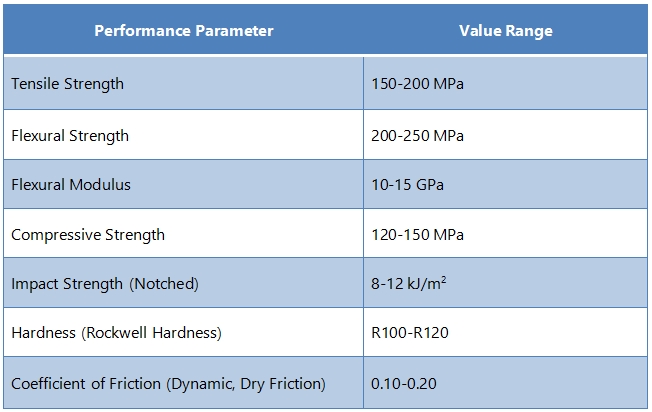
Get to Know Carbon Fibers
The table presents key performance data of carbon fiber grades. T300, with a tensile strength of 3530 MPa and a tensile modulus of 230 GPa, has a relatively low tensile elongation at break of 1.5% and a body density of 1.76 g/cm³. As the grade increases, for example, T700S shows an enhanced tensile strength of 4900 MPa compared to T300, while maintaining the same tensile modulus but with a higher elongation at break of 2.1%. T800S and T1000G both have a tensile modulus of 294 GPa, and their tensile strengths are 5880 MPa and 6370 MPa respectively. T1100G stands out with the highest tensile strength of 7000 MPa and a tensile modulus of 324 GPa. Generally, with the increase in product grade, the tensile strength and modulus tend to rise, while the density remains relatively stable around 1.8 g/cm³.
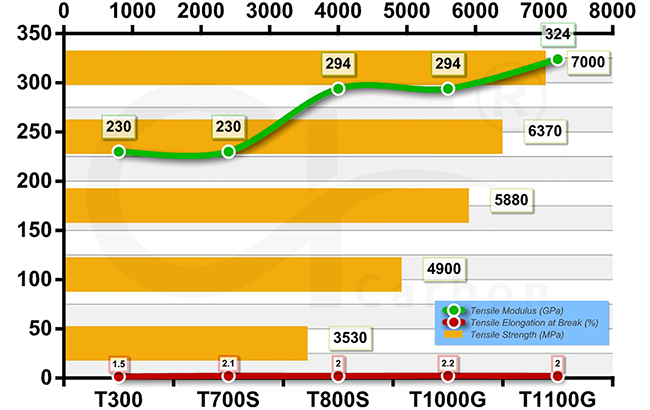
Why Choose Us?
Carbon (Xiamen) New Material Co., Ltd. stands out for its expertise in CFRTPs. We possess cutting-edge tech, ensuring top-notch product quality. Our dedicated team offers personalized service and strict quality checks. Choose us for reliable materials and a seamless cooperation experience.
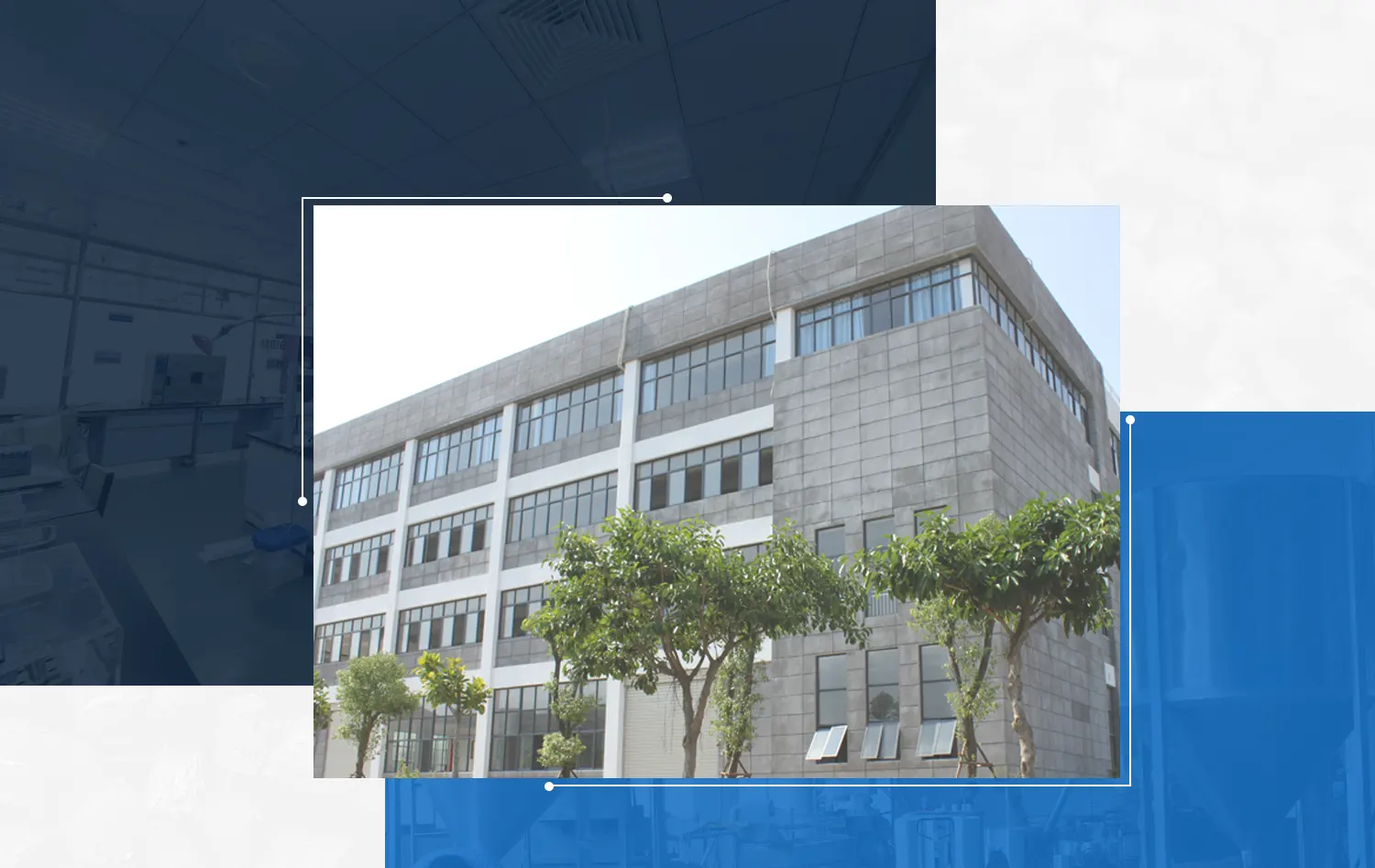
How to Buy?
If you want to obtain information such as product specifications, performance, and price, choose a suitable product according to your own needs. Meanwhile, you can ask the manufacturer to provide samples for testing to ensure that the material meets your usage requirements. If you are interested in purchasing this composite material, please contact the manufacturer Carbon (Xiamen) New Material directly.
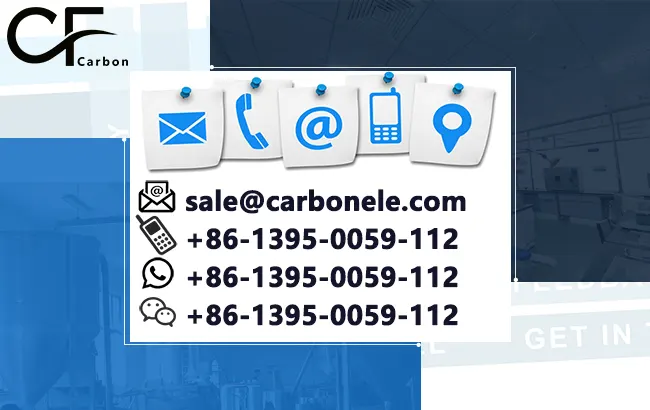
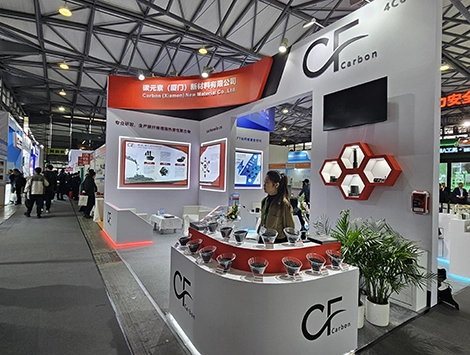

Frequently Asked Questions
Carbon (Xiamen) New Material Co., Ltd. aims to provide buyers with "one-stop" worry-free high-quality services. Here you can find all information about carbon fiber engineering plastics. If you still have questions, please send us an email for consultation!
-
How can I contact the manufacturer of a product that interests me?
When you find a product you are interested in, you can contact the manufacturer directly by sending an email and we will get back to you as soon as possible.
-
How do I find the products that interest me?
All you need to do is enter the keyword, product name in the search window and press the Enter key on your keyboard. Your search results page will then be displayed. You can also search within the product category pages on the home page. Each category is divided into subcategories, allowing you to refine your search and find products that interest you.
-
Where will I find a buying guide?
Please contact our after-sales service directly and we will provide you with a comprehensive operating guide.
-
What are CF Reinforced Thermoplastic Composites?
CF Reinforced Thermoplastic Composites are materials where carbon fibers are incorporated into a thermoplastic matrix. They combine the strength and stiffness of carbon fibers with the processability and recyclability of thermoplastics. For instance, they are used in automotive parts like bumper beams.
-
What are the benefits of CF Reinforced Thermoplastic Composites over traditional composites?
The key benefits include faster production cycles, easier recyclability, and better impact resistance. They also offer design flexibility. An example is in the manufacturing of consumer electronics casings where complex shapes can be achieved more easily.
-
How are CF Reinforced Thermoplastic Composites processed?
Common processing methods include injection molding, extrusion, and compression molding. Injection molding is widely used for mass production. For example, in the production of small components for the medical industry.
-
What industries use CF Reinforced Thermoplastic Composites?
They are utilized in aerospace, automotive, medical, and sports equipment industries. In aerospace, they can be found in interior components. In the medical field, they might be used in prosthetics.
-
How does the carbon fiber content affect the properties of the composites?
Higher carbon fiber content generally leads to increased strength and stiffness but may reduce ductility. A moderate content is often balanced for specific applications. For example, a higher content might be preferred in structural parts of a race car.
-
What are the challenges in using CF Reinforced Thermoplastic Composites?
Challenges include higher material costs, complex processing equipment requirements, and ensuring uniform fiber dispersion. Issues with adhesion between the fibers and the matrix can also arise. An example is in achieving consistent quality in large-scale production.








